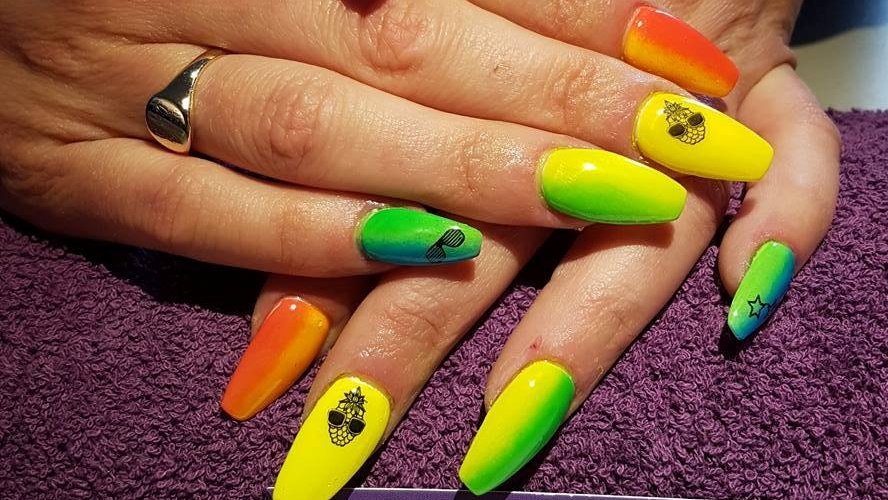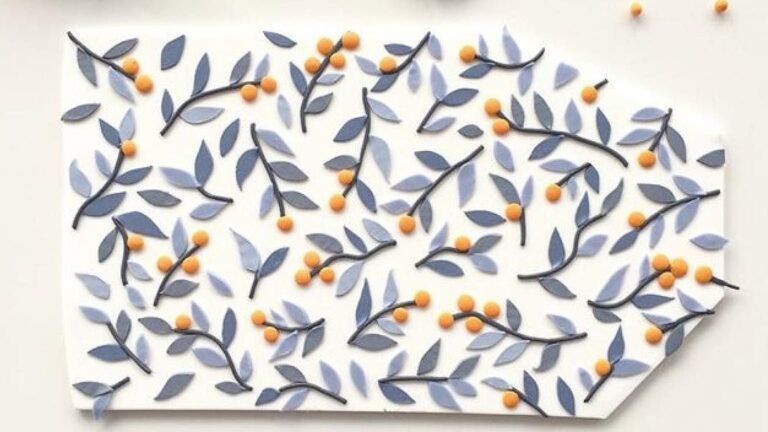How To Do Pottery With Long Nails? Tips With VIDEO
Natural or acrylic long nails may have already taught you how to live without damaging them. Long nails can make your routine more challenging. Any task becomes easy and possible if you practice every day. Can I do pottery without cutting my long nails or How To Do Pottery With Long Nails?
It’s simpler than you think to make pottery with long nails. You can achieve your desired results using a few simple methods. In this regard, some specific tools can assist you. Sculpting clay with long nails can sometimes result in unique pieces of art.
Can You Do Pottery With Long Nails?
When you first begin practicing, you may find it a bit challenging. It would be better to understand all the applicable techniques. Try different methods until you find one that works for you. It may be a combination of ways that suits you best.
Whether you love pottery or have long nails, these methods will help you. Once you get the hang of it, pottery won’t be that challenging with long nails.
5 simple tips on How to do pottery with long nails
1. Wear Rubber Gloves When Working With Pottery
Using gloves to work with clay is a simple and popular way to maintain long nails. Most pottery artists wear gloves when working, even if their nails are short. Some believe wearing gloves makes it hard to feel the clay and reduces craftsmanship.
When it comes to cotton gloves, this is somewhat true. There are thin rubber gloves that allow you to touch the clay as it is.
Vinyl and Nitrile gloves make pottery work effortless. They are thin and won’t make you feel like you are wearing gloves. Moisturize your hands before you wear the gloves. It will prevent your hands from drying out.
Make sure the gloves you buy fit your hands. You will tear your small, tight gloves with your long, sharp nails. The wrinkles of your glove may leave odd lines on your clay if it is too loose.
It is easy to complete intricate pottery projects with nitrile gloves. They are disposable and have a tight fit. Ensure you leave adequate free space in your gloves for your long nails. As a result, your fingertips will not damage the glove.
2. Using The Pads Of Your Fingertips, Mold The Clay
Shape and mold the clay with your thumb, pointer, and middle fingers. When shaping the clay, angle your nail tips upward. As a result, you will be applying more pressure to your fingertips instead of your nails. In this video, you will learn how to throw pottery on a wheel.
Ensure your nails are not touching the clay as you shape it. Accidental touches to the clay can leave unattractive lines. Round or oval-shaped nails cause less damage to artwork. As your nails become sharper, you are more likely to damage your clay design.
3. Mold The Clay With Your Knuckles
Here you have to manipulate the clay with your thumb, pointer, and middle fingers in this method. To expose your knuckles, fold these fingers inward. Many pottery artists use this method even if they have short nails.
Molding the clay with your knuckles is easier than using the pads of your fingertips. With your fingertips, you will only be able to work on a small area of clay. Knuckles can press on a decent amount of surface.
Your knuckles can hide your nails from direct contact with the clay. In this way, you can avoid having your nails become an obstacle. Using your knuckles is a better way to speed up the process. Watch this video for instructions on how to pull clay with your knuckles.
4. Use A Sponge To Shape And Protect The Clay
You can use the sponge both to protect the clay and your nails. Also, you can use it to shape the clay. Both wheel throwing and hand building work well with sponges. Mastering this technique requires a bit of practice.
The first thing you need to do is prepare your sponges. It is more appropriate to use two sponges. Let the sponge soak in water for a couple of minutes until it becomes soft. Remove excess water from the sponge by squeezing it.
With one hand, shape the clay on the wheel using the sponge. Cover the clay with your other hand and shape it to your liking. The sponge can act as a shield between the clay and your sharp nails. Here is a video showing you how to shape clay with a sponge.
5. Use Tools Instead Of Your Hands As Much As Possible
Develop skills in using modeling tools designed for specific purposes. Knowing tools is beneficial if you want to keep your long nails uncut. The more you practice using tools, the easier it is to maintain your long nails.
The clay texture tools include stamps, rollers, rubbing plates, and press tools. Pottery requires ribs, needle tools, clay cutters, and fettling knives for sculpting purposes.
These clay sculpting tools allow you to cut, scrape, or shape the clay to your liking. You can apply surface designs using clay texture tools. Practice using tools until it feels like you are working with your hands. Watch this video to learn how to use sculpting tools.
Are Long Nails Suitable For Sculpting?
The art of clay sculpting is the creation of three-dimensional artworks from clay. It requires an artistic eye and hand. Long nails can be a blessing because you can use them to create unique pieces.
Your nails’ shape gives you more control over your sculpting. It adds flair to your work to create uniqueness. Long nails are ideal for adding intricate lines and cuts to your artwork.
Make your nails smooth by filling down the tips. As a result, your nails will be less likely to damage the clay. Become familiar with sculpting tools through consistent practice.
After Working With Clay, How Should You Care For Your Long Nails?
Clean the nails, nail beds, and underneath your nails with a stiff-bristled brush. Use a thick moisturizing lotion on your hands. To keep your nail beds healthy, use cuticle oil.
Clay makes your nails stay wet for a long time. They become fragile as a result. Make long nails stronger by applying many coats of nail polish.







